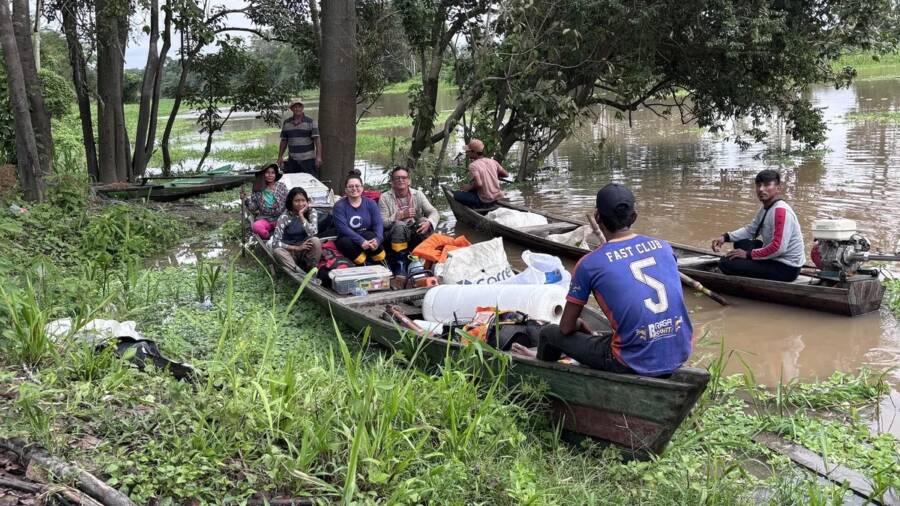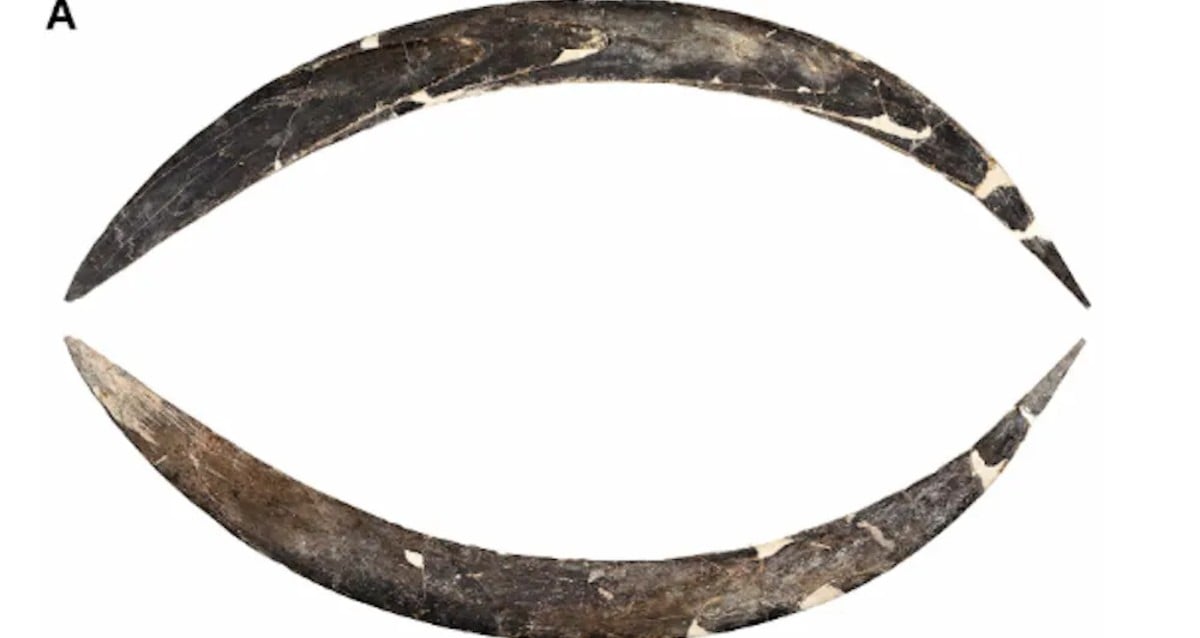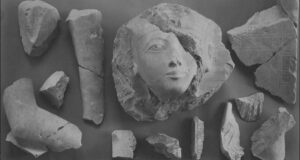Giant Pre-Columbian Funeral Urns Discovered in Brazilian Amazon: What Secrets Do They Hold?
Two of the larger urns contained human bones, while the others held a mix of seeds and bits of fish, frogs, and turtles that were likely part of a funeral ritual.
While experts aren’t sure exactly which culture buried these urns, their discovery matches the funerary practices of other known Indigenous groups. In some Amazon tribes, the deceased were placed in baskets and lowered into the river until fish ate away their soft tissues. Then, their bones were cremated and placed inside urns, which were buried beneath houses.

Rosiele KokamaThe recovered urns were transported by canoe for further study.
Scientists also don’t know if the same group that buried these urns also created the manmade island on which they were discovered.
“These artificial islands are archaeological structures built in higher floodplain areas, with material removed from other areas and mixed with ceramic fragments, intentionally positioned to provide support,” Amaral stated. “It is a very sophisticated indigenous engineering technique, which demonstrates land management and significant population density in the past.”
Research on the urns is still underway, but the observations made so far are already challenging the narrative that these floodplains were only ever occupied temporarily. Perhaps future excavations and discoveries will offer further evidence of a permanent society that once thrived in the region.
As Amaral said, “This was archaeology from the inside out.”
After reading about the discovery of funeral urns in the Brazilian Amazon, learn all about history’s famous Amazon women. Then, go inside the history of canopic jars, the funerary vessels of ancient Egypt.














Post Comment